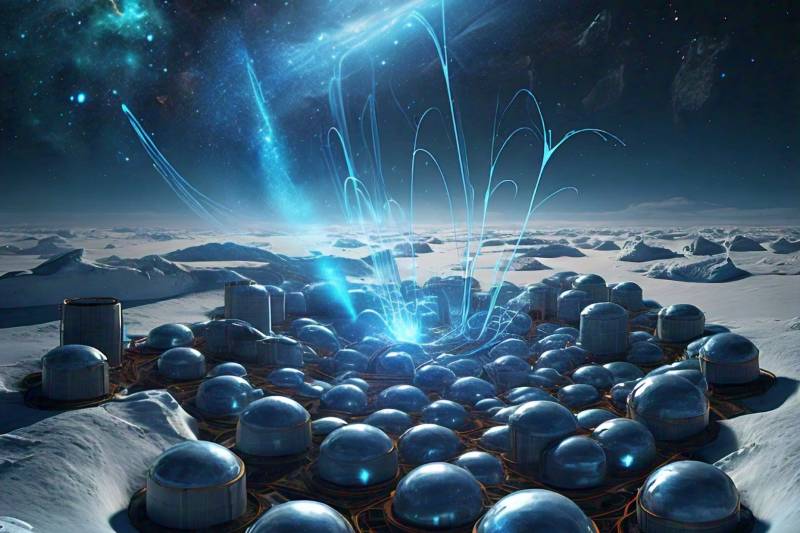Scientists have long sought to unify the theories of general relativity and quantum mechanics, aiming to achieve a quantum description of gravity. A new study published in Nature Physics by physicists from The University of Texas at Arlington (UTA) and an international collaboration has delved deep into the interface between these two theories using ultra-high energy neutrino particles detected by the IceCube Observatory in Antarctica. However, the study found no evidence of the expected quantum gravitational effects.
“The challenge of unifying quantum mechanics with the theory of gravitation remains one of the most pressing unsolved problems in physics,” said co-author Benjamin Jones, associate professor of physics at UTA. “If the gravitational field behaves in a similar way to the other fields in nature, its curvature should exhibit random quantum fluctuations.”
Searching for Signatures of Quantum Gravity
The international IceCube Collaboration team, which included more than 300 scientists from around the world, placed thousands of sensors throughout one square kilometer near the south pole in Antarctica to monitor neutrinos. These unusual but abundant subatomic particles are neutral in charge and have no mass. The team studied more than 300,000 neutrinos, looking for signs of random quantum fluctuations in spacetime that would be expected if gravity were quantum mechanical, as the particles travel long distances across the Earth.
UTA graduate students Akshima Negi and Grant Parker were part of the research team. “We searched for those fluctuations by studying the flavors of neutrinos detected by the IceCube Observatory,” Negi said. “Our work resulted in a measurement that was far more sensitive than previous ones (over a million times more, for some of the models), but it did not find evidence of the expected quantum gravitational effects.”
A Powerful Statement About Unknown Physics
The non-observation of a quantum geometry of spacetime is a powerful statement about the still-unknown physics that operate at the interface of quantum physics and general relativity. This study represents the final chapter in UTA’s nearly decade-long contribution to the IceCube Observatory.
“My group is now pursuing new experiments that aim to understand the origin and value of the neutrinos mass using atomic, molecular and optical physics techniques,” said Jones.
The study’s findings highlight the ongoing challenge of unifying quantum mechanics with the theory of gravitation, which remains one of the most pressing unsolved problems in physics. As scientists continue to explore the interface between these two theories, new insights and discoveries may emerge, bringing us closer to a more complete understanding of the fundamental nature of the universe.
Keyword: quantum gravity


